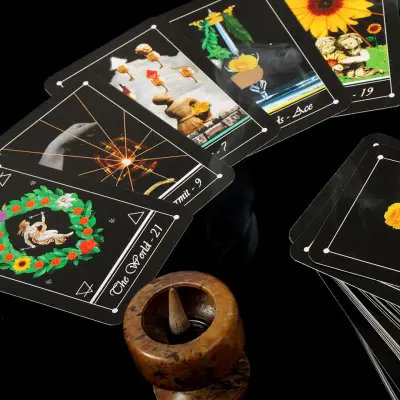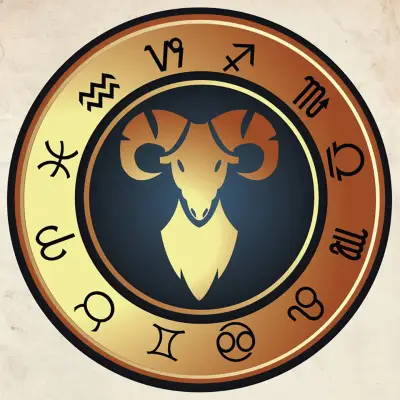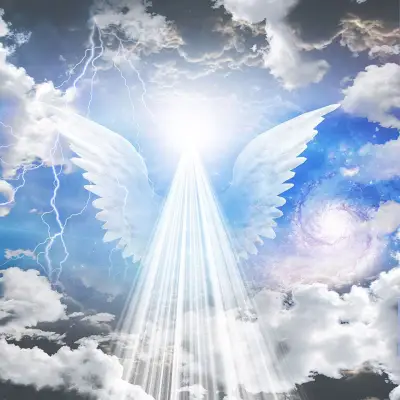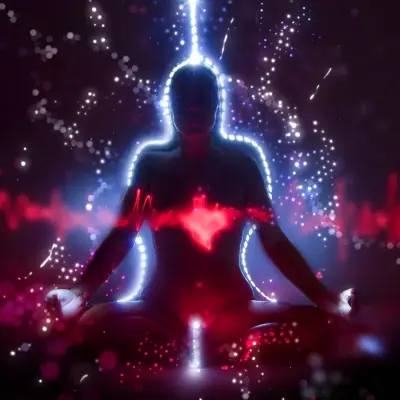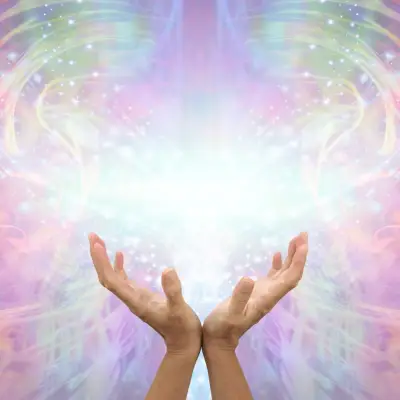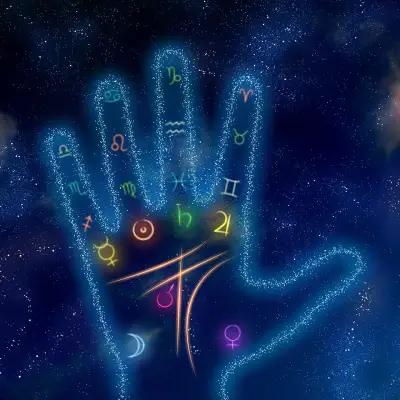Have you ever heard a strange noise in the night or felt a chill run down your spine without any apparent reason? Perhaps you've even caught a glimpse of something just beyond the corner of your eye, only to find nothing when you turned to look. Such experiences have led many to ask: Are ghosts real? This question has fascinated and puzzled humanity for years, spanning cultures, continents, and ages. Today, let's explore this intriguing topic, examining evidence, beliefs, and personal anecdotes to better understand the ethereal phenomena known as ghosts.
Jump to:
What Are Ghosts?
Ghosts, also known historically as spectres or phantoms, are thought to be the spirits or souls of deceased persons. They're often depicted in popular culture as translucent or misty apparitions, sometimes visible, sometimes only sensed. The belief in ghosts is widespread, with countless stories from various traditions and civilisations attesting to encounters with the afterlife.
Recommended for you!
Best SellersWhat Does a Ghost Look Like?
Descriptions of ghosts vary, but they often share certain characteristics: translucent or misty forms, sometimes with discernible features, sometimes not. The "Grey Ghost" is a term sometimes used to describe a particularly elusive apparition, often seen but never clearly defined.
For many who claim to have encountered a ghost, it’s not about the appearance but more about the feeling. Some people describe a chill and the feeling of another presence. However, they don’t see a ghost in the traditional sense.
Evidence of Ghosts and Living with Spirits
Anecdotal Experiences
Many people claim to have proof that ghosts are real, sharing personal stories and experiences. People around the world report unexplained occurrences such as objects moving on their own, unidentifiable sounds, or sightings of apparitions. These experiences, while compelling, often lack the physical evidence required to convince sceptics.
Photographic and Audio Recordings
In the profession of ghost hunting, enthusiasts often use cameras and audio recorders to capture evidence of ghostly presences. Though some recordings have been debunked, others remain mysterious, providing fodder for ongoing debates about the existence of spirits.
Historical Sites and Hauntings
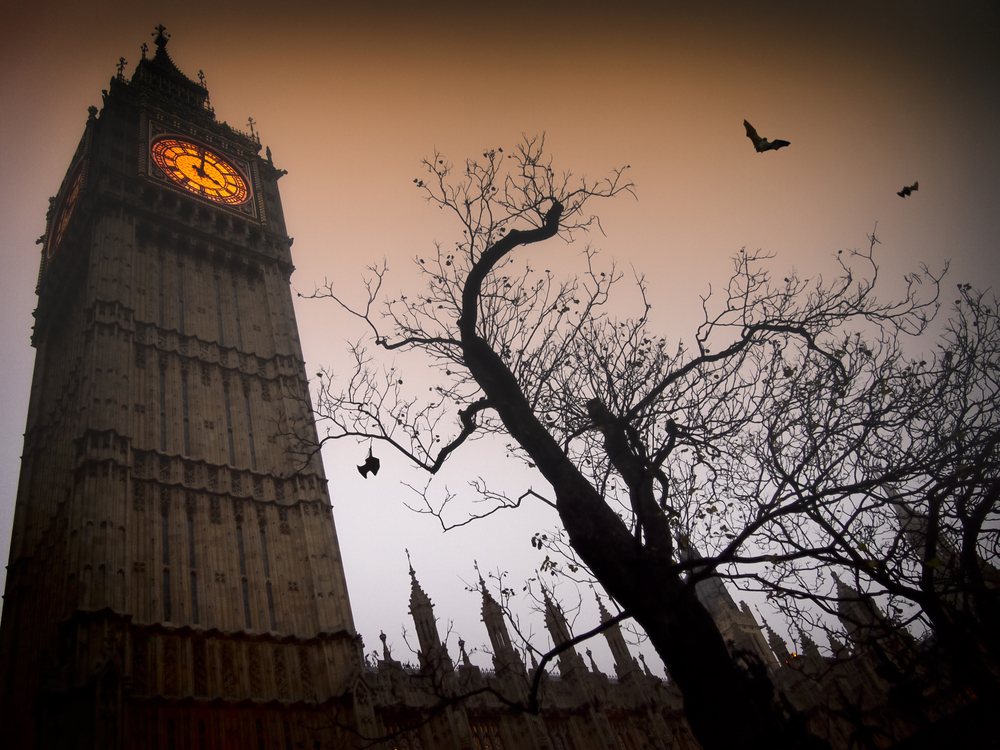
Many historical sites claim to be home to resident spirits. Castles, old hotels, and battlefields are popular for ghost tours where visitors can experience the eerie ambience and possibly catch a glimpse of a ghost. These locations often offer compelling narratives that tie historical events to present-day hauntings. Here are some notable sites in the UK where visitors often report ghost sightings and strange occurrences:
- Tower of London: Famous for its rich and often bloody history, the Tower of London is said to be haunted by a variety of spirits, including Anne Boleyn, who was beheaded there in 1536.
- Edinburgh Castle: Located high above the city on Castle Rock, Edinburgh Castle is reputed to be one of the most haunted spots in Scotland. Visitors and staff report experiences with phantom pipers, a headless drummer, and a ghost dog.
- The Ancient Ram Inn, Gloucestershire: Known as one of the oldest and most haunted inns in England, it is reputed to have been built on an ancient pagan burial ground. Visitors report numerous sightings and unexplained phenomena.
- Pendle Hill, Lancashire: Famous for its association with the Pendle witch trials of 1612, this hill is a hotspot for paranormal investigators, especially around Halloween.
- Hampton Court Palace, London: The grand Tudor palace is said to be haunted by the ghost of Catherine Howard, Henry VIII’s fifth wife, who reportedly runs through the halls screaming.
- Berry Pomeroy Castle, Devon: Touted as one of the most haunted castles in Britain, Berry Pomeroy Castle harbours tales of two female ghosts, the White Lady and the Blue Lady, each said to lure passersby to their doom.
- Pluckley Village, Kent: Known as the most haunted village in Britain, Pluckley is said to have between 12 and 16 ghosts, including the spectral highwayman who appears at Fright Corner and the screaming man of the brickworks.
- Chillingham Castle, Northumberland: Its name aptly suggests its reputation, with frequent reports of paranormal activity in its halls and chambers, believed to be haunted by the tortured souls of medieval prisoners.
Cultural Beliefs and Ghosts
Cultural beliefs about ghosts and spirits deeply reflect and shape each society's understanding of the supernatural. Let's explore how various cultures and religions view the concept of ghosts.
Christian Views on Ghosts
In Christianity, the perspective on ghosts varies across different denominations and interpretations of scripture. While there isn't a unified stance, many Christian theologians consider what people perceive as ghosts could actually be angels, demons, or spirits of the deceased existing in a mysterious, spiritual realm. The Bible contains several passages that suggest the existence of spirits, such as the story of the Witch of Endor who summons the spirit of the prophet Samuel in the First Book of Samuel.
Ghosts in Japanese Culture
Japanese culture shares many ghost stories, known as tales of 'Yurei'. These spirits are often those of the deceased who have left behind strong emotional ties to the physical world, or who met untimely, often tragic ends. The stories of Yurei like Oiwa and Okiku are popular in folklore and are commonly depicted in Japanese theatre, demonstrating the cultural significance of these ghostly figures. They embody themes of loyalty, betrayal, and unresolved emotions, reflecting deep societal values regarding honour and duty.
Scandinavian Folklore
In Scandinavian countries, ghost stories and folklore reflect a deep connection with the natural world and its elements. Spirits such as the Myling are depicted as the ghosts of unbaptised children who, according to lore, wander the earth to seek respite for the wrongs done to them in life. These tales often serve as cautionary stories, imbued with lessons about social and moral responsibilities towards the vulnerable.
Native American Spirit Beliefs
Native American cultures often embrace a spiritual worldview that includes a strong connection to ancestors and the spirit world. Stories of ghosts and spirits are common, serving as educational tools and moral tales. For example, the story of the Wendigo—a spirit associated with winter, the North, and coldness—teaches about the dangers of selfishness and greed. These stories are not just about fear; they serve as reminders of the balance and respect needed between humans and nature.
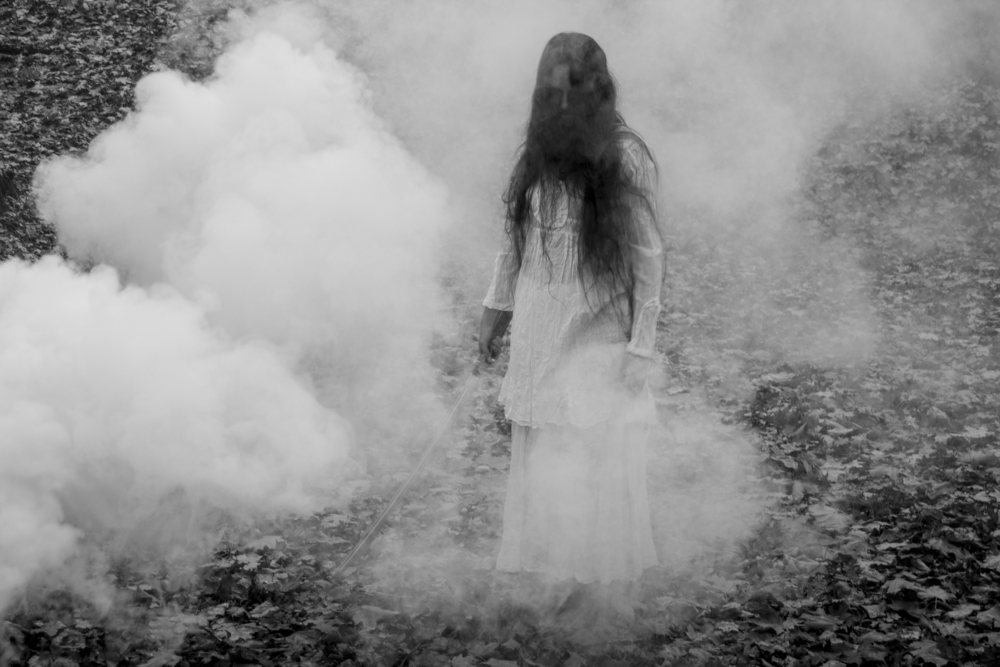
Latin American Ghost Legends
In Latin America, ghost stories such as that of 'La Llorona'—the weeping woman—are steeped in tragedy and morality. According to legend, La Llorona is the spirit of a woman who lost her children and now cries while looking for them in the river. This story is often used as a cautionary tale to teach children about the importance of obedience and the consequences of one's actions, illustrating how ghost stories can function as moral and social guidance.
Scientific Perspective on Ghosts
From a scientific standpoint, there is no concrete proof of ghosts. Researchers attribute ghost sightings to psychological factors such as the power of suggestion, hallucinations, or the misinterpretation of natural phenomena. Moreover, environmental factors like electromagnetic fields and mould can affect human perceptions and feelings, possibly leading to the sensation of a ghostly presence.
Frequently Asked Questions About Ghosts
Can Animals Sense Ghosts?
Many believe that animals have a heightened sense to detect spirits or ghosts. Reports often include dogs barking or growling at seemingly empty spaces, or showing signs of distress without apparent reason. While there's no scientific proof that animals can see or sense ghosts, their acute senses might make them more aware of subtle disturbances in their environment.
What is the Old Name for a Ghost?
Historically, ghosts were often referred to as "spectres" or "phantoms." These terms date back to Middle English and even earlier, derived from Latin and Greek roots that convey an image or shadow, hinting at the elusive nature of ghosts.
What Is a Grey Ghost?
The term "Grey Ghost" can refer to various things, including folklore and historical figures. In ghost lore, a Grey Ghost might describe an apparition that is often seen but not directly interacted with, usually appearing in a shadowy or misty form. It is also a nickname historically given to individuals or entities known for elusiveness.
Recommended for you!
Best SellersStudy Mediumship With Centre of Excellence
If you're drawn to the mysteries of the spirit world, why not deepen your understanding through learning? Centre of Excellence offers a Mediumship Diploma Course, now available at a discounted price of £29. This course is designed to guide you step-by-step through the different types of mediumship, helping you develop your abilities and understand the spiritual world.

